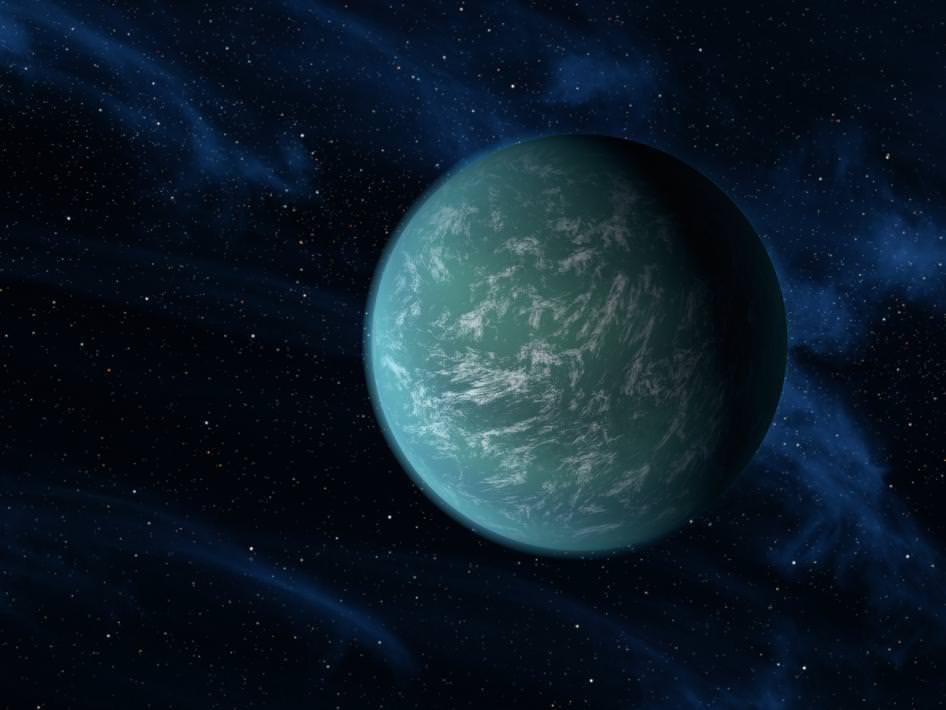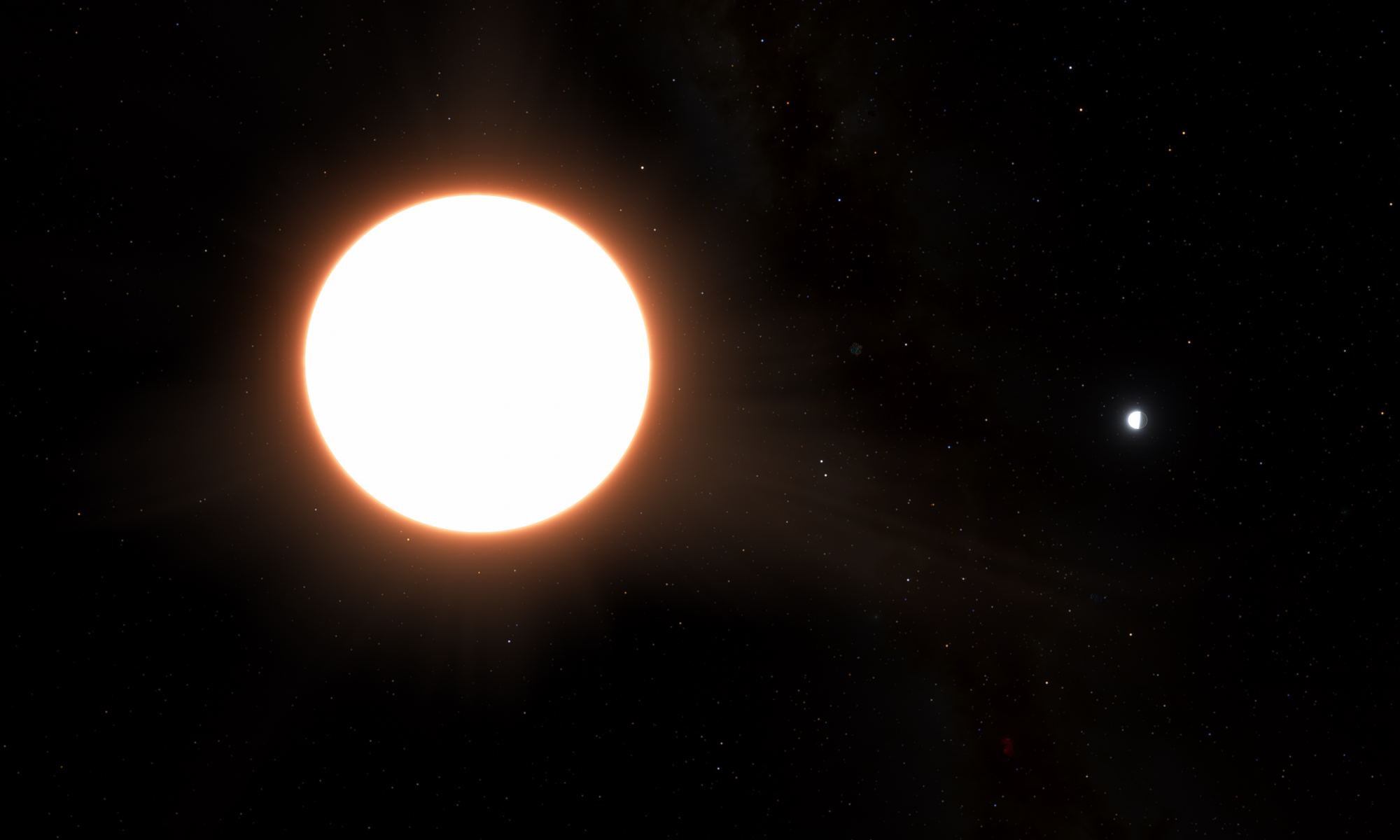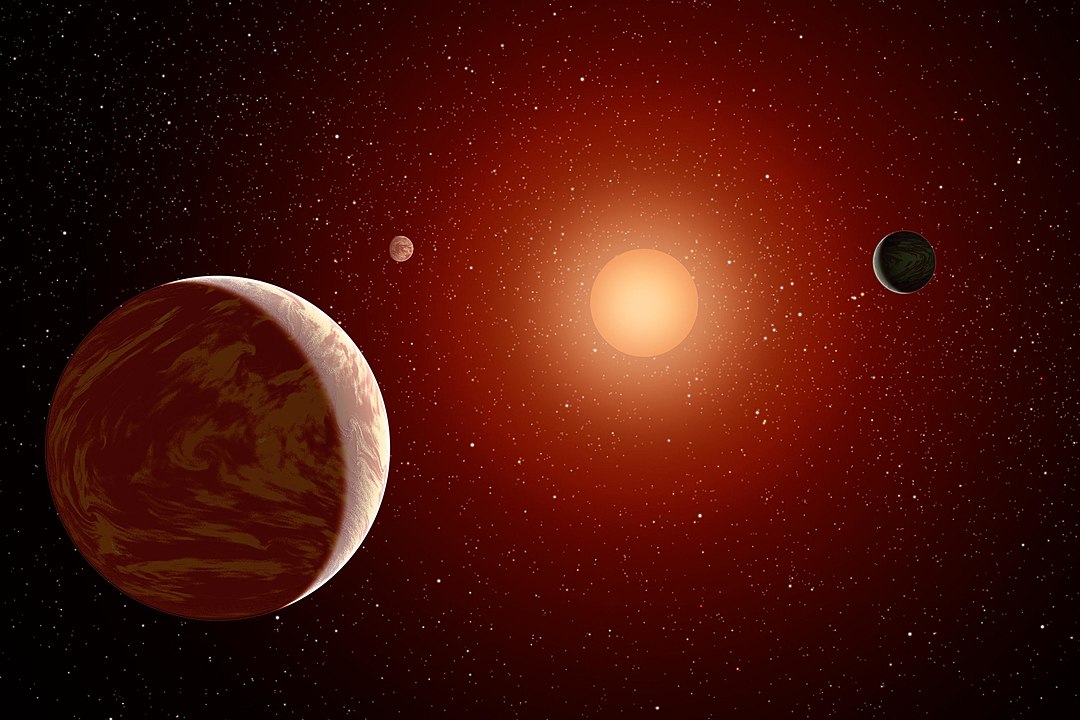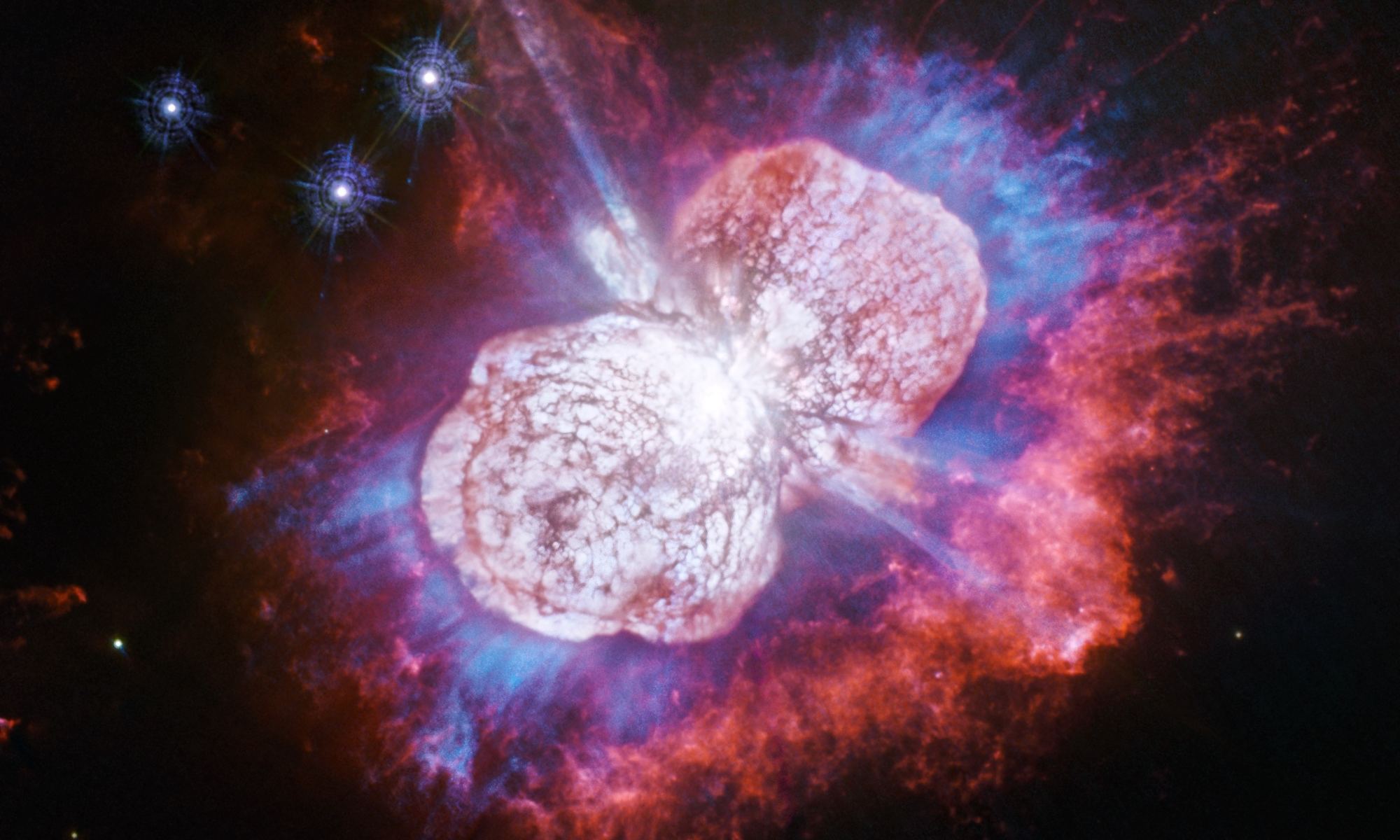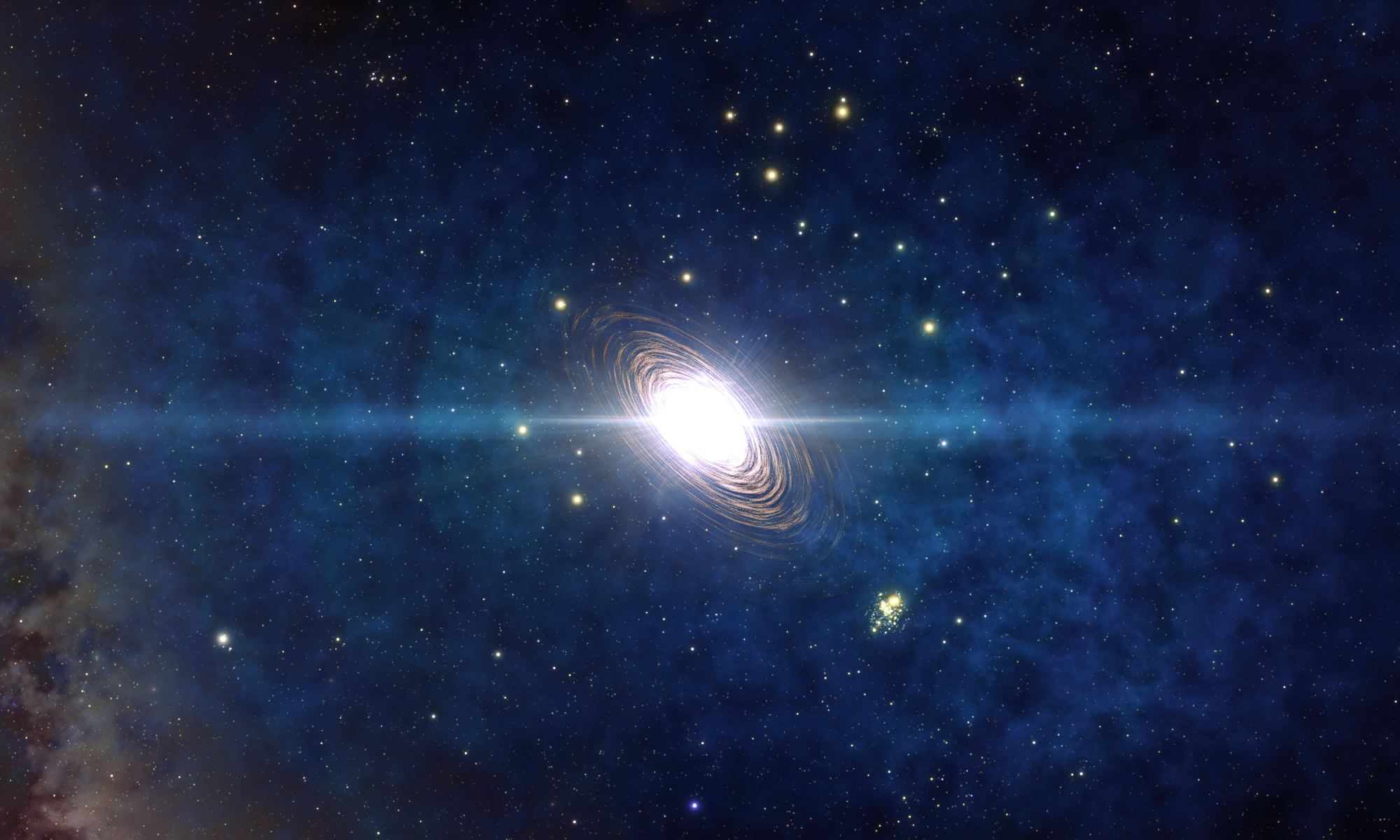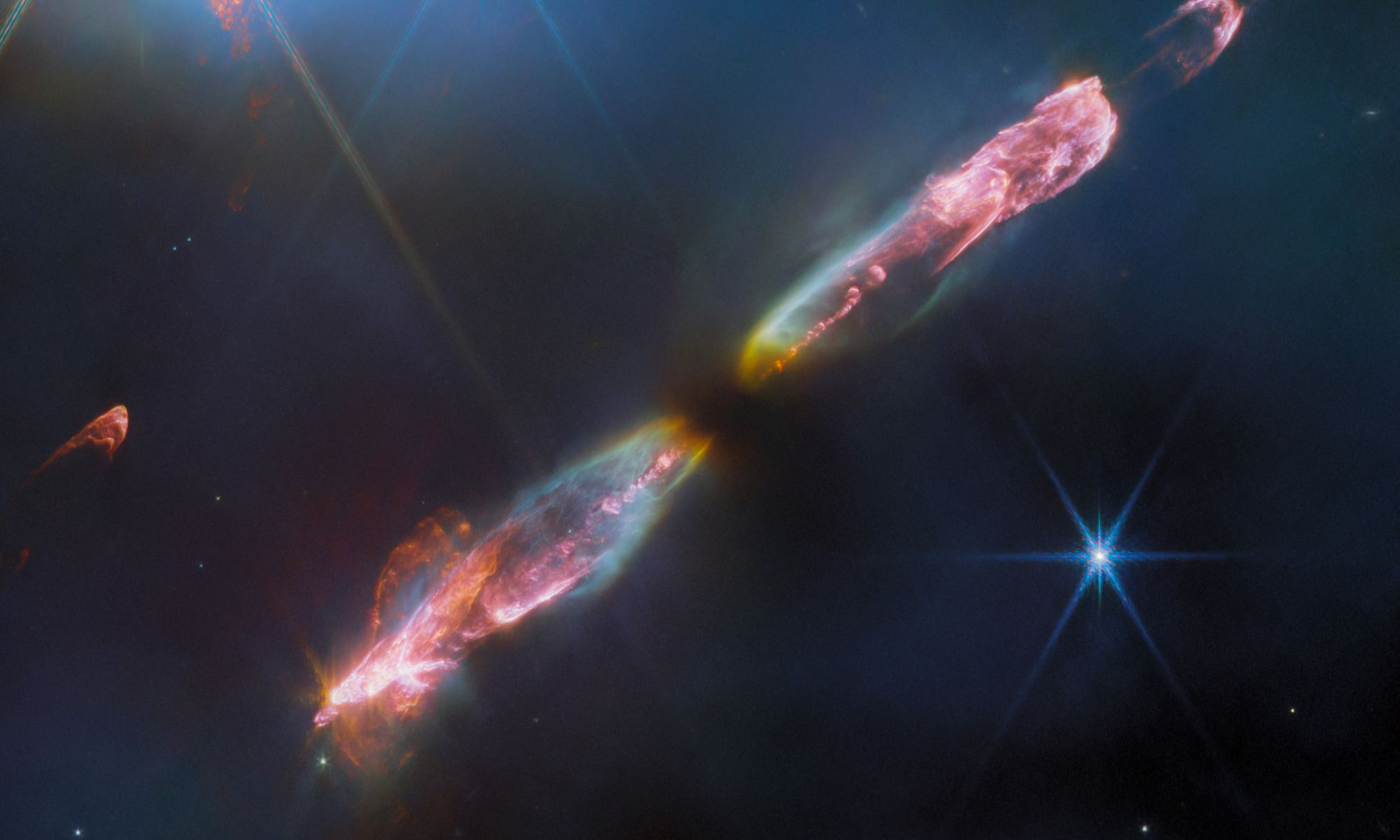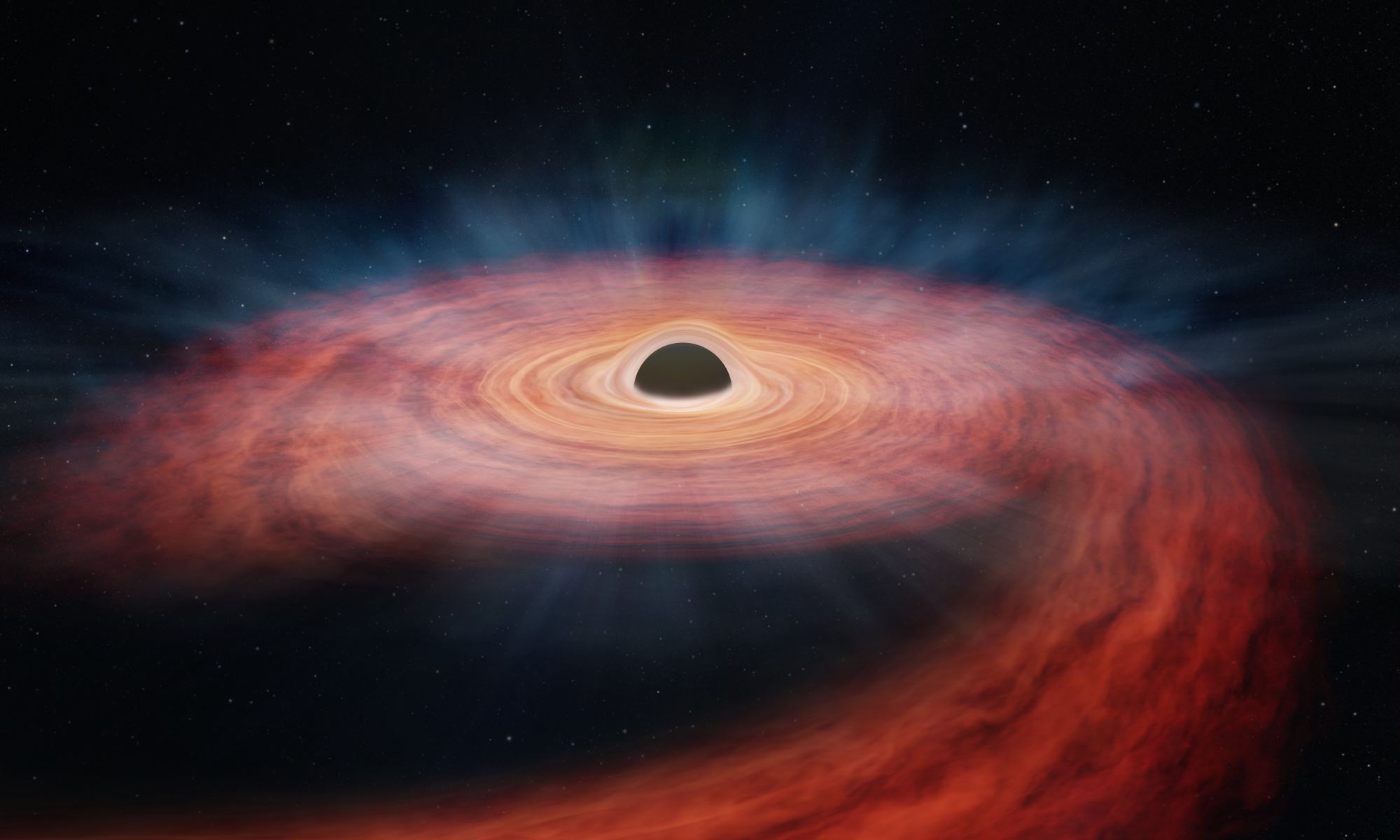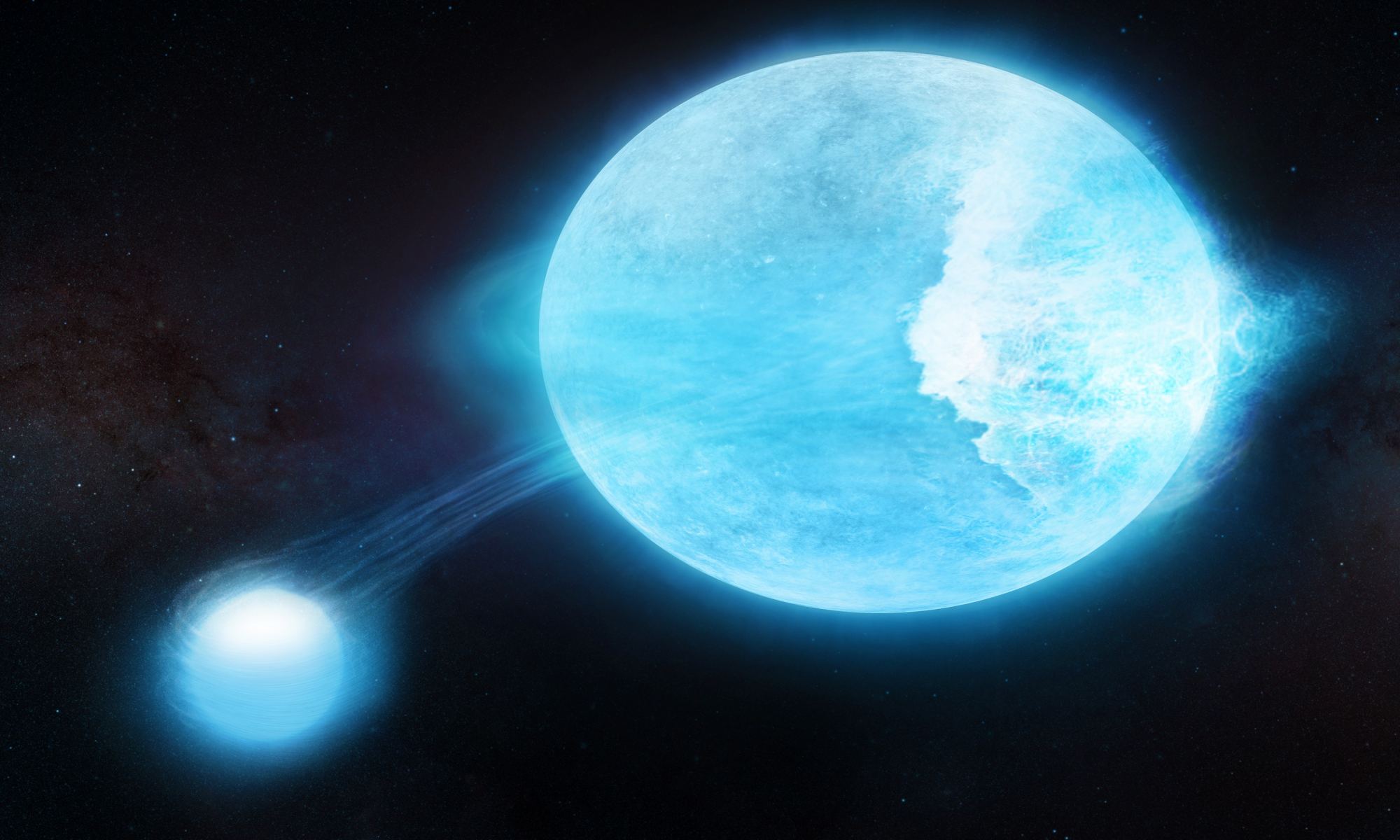According to new research we can start writing the eulogy for four exoplanets around a Sun-like star about 57 light years away. But there’s no hurry; we have about one billion years before the star becomes a red giant and starts to destroy them.
Continue reading “Three Planets Around this Sunlike Star are Doomed. Doomed!”Three Planets Around this Sunlike Star are Doomed. Doomed!


